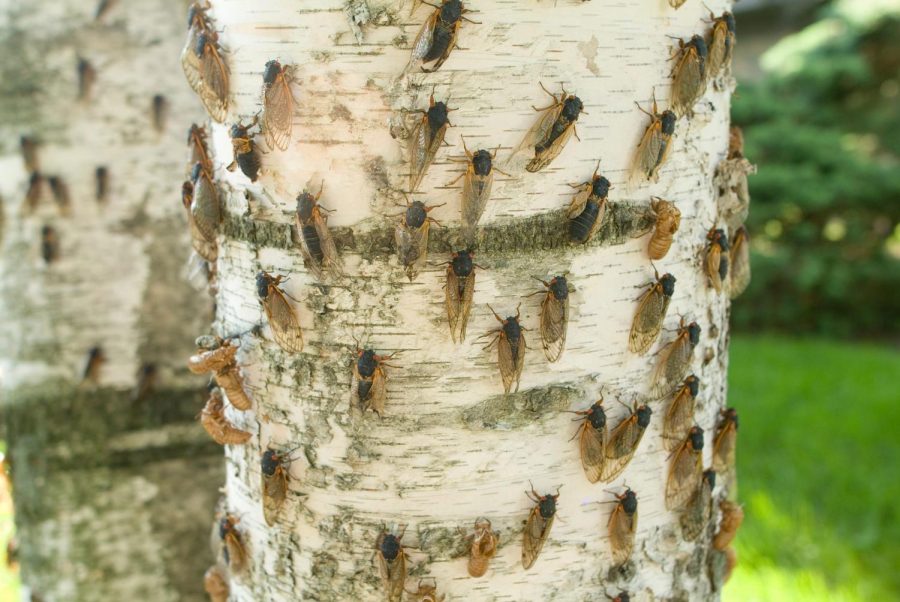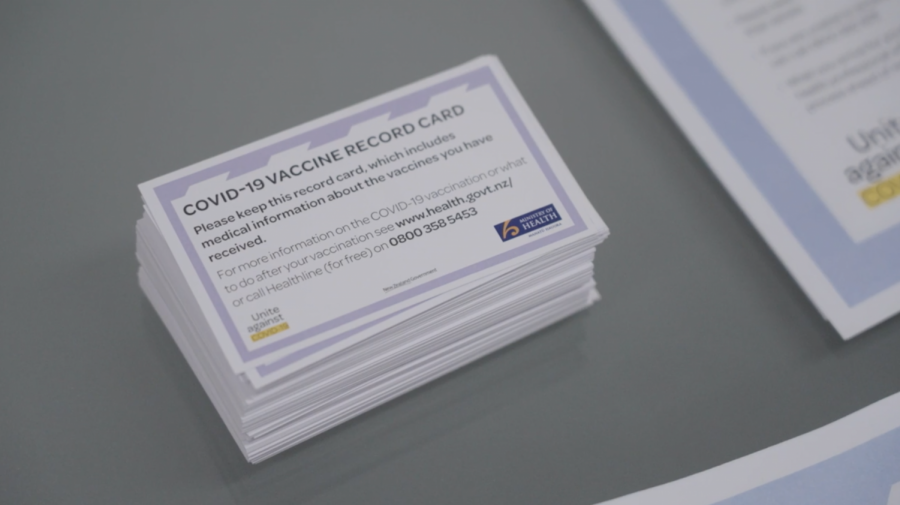Almost seven months have passed since COVID-19 was officially declared a global pandemic. Although for many it feels as if the pandemic has been changing the way that our lives operate for much longer, the fact remains that we haven’t been living with the pandemic for even a full year.
This means that as we enter flu season this fall and winter, there is no precedent for how COVID-19 will affect the way we prevent the flu.
However, organizations and healthcare experts are already planning the best way to navigate flu season this year. The CDC says that the seasonal flu will likely still be in normal circulation this fall and winter, though some doctors are hopeful that the increased safety measures of social distancing and mask-wearing due to COVID-19 will keep flu cases lower than in recent years.
The flu and COVID-19 are different viruses, so it is possible to catch both at the same time, and building an immunity to one virus will not protect you from catching the other. The symptoms from these two viruses overlap, so testing will be important. The CDC has developed a test that can simultaneously test for both this year’s flu virus and COVID-19, but it is not widely available yet. So, it is expected that many healthcare facilities will begin running both COVID-19 and flu tests where applicable on symptomatic patients.
As a patient, it is safer in most cases to assume COVID-19 is a possibility until it is ruled out since the precautions taken with COVID-19 are more drastic.
The possibility of flu patients adding to the already overloaded healthcare systems is worrying both for patient de-densification and for the added strain it will place on healthcare workers and resources. However, each individual can limit this strain by doing their part to make sure that they do not catch the flu, or COVID-19.
Wearing masks, social distancing and washing your hands often are the standard precautions we are all taking to limit COVID-19 spread, and these are also good defenses against the flu.
The flu has an additional precaution that is especially important this flu season that will drastically reduce cases of the flu and allow healthcare focus to remain on COVID-19: the flu vaccine.
The COVID-19 pandemic has demonstrated just how important vaccines are to the health, safety and normal operation of our society. Getting the flu vaccine this year is extremely important and heavily recommended by many healthcare experts, and many universities are responding quickly by requiring that their students receive their seasonal flu vaccine.
This includes the university. Wake Forest has made the decision to require that all of its on-campus students receive their flu vaccine in order to limit the spread of the seasonal flu, which would affect the university’s ability to accurately track and focus on COVID-19 illness on campus.
It also decreases the burden on both the university’s healthcare system and the local healthcare network.
Students have the option of getting their flu shots through Student Health or from an off-campus location, but documentation of your flu shot must be uploaded to your Student Health Portal by Dec. 15 in order for you to be able to return to campus for the Spring 2021 semester.
Students who will not be on campus in the spring are exempt, and exemptions can be requested by students who have health or religious reasons to not receive a flu shot.
The exemption form is available online throught the Student Health Service page.
Overall, it is impossible to know exactly how different flu season will look during the COVID-19 pandemic, but it is important that everyone does their part to stay safe and protect their community from the spread of either of these diseases.








